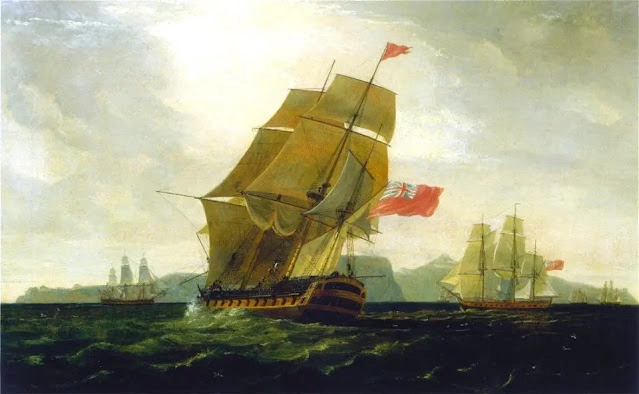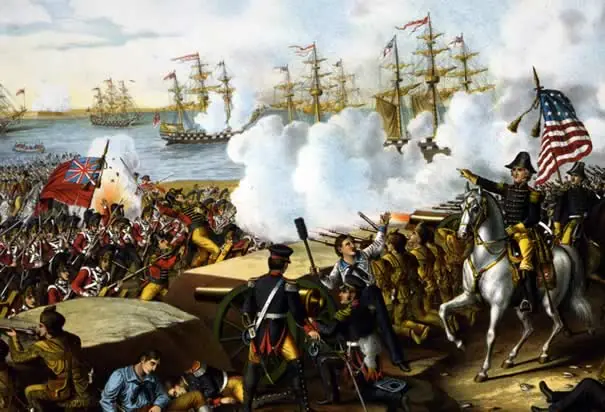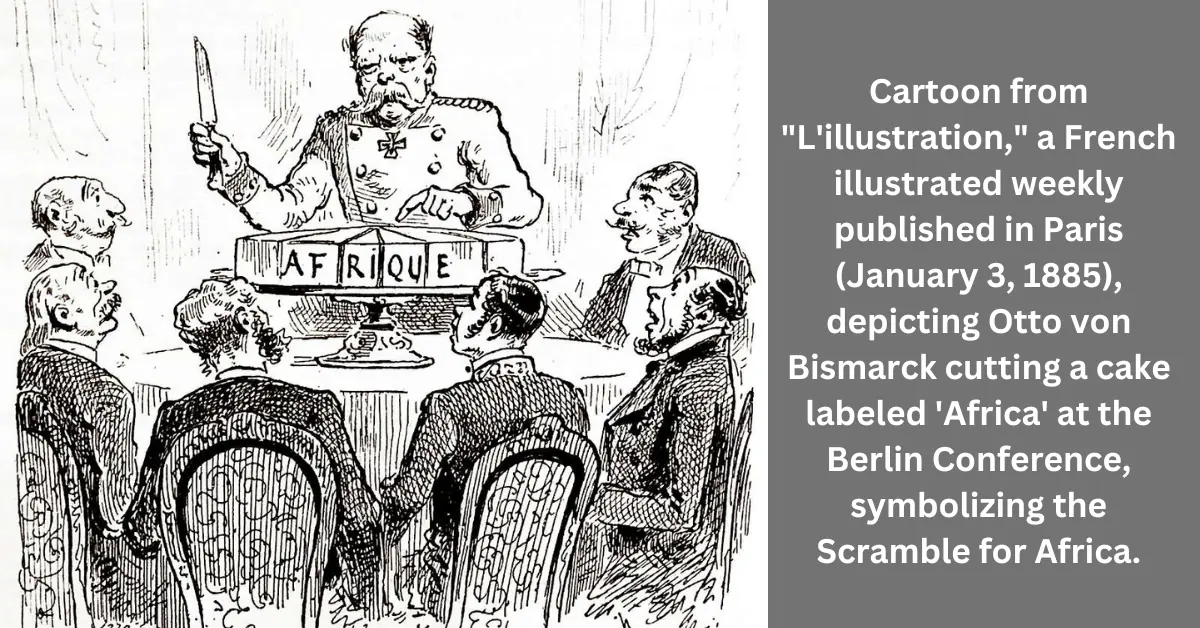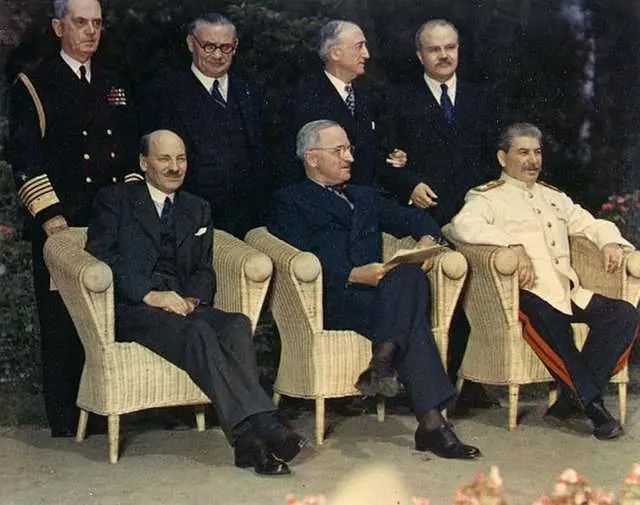The Legacy of German East Africa: and the British Part
German East Africa, once a colonial territory established by Germany in the late 19th century, holds a significant place in the history of modern-day Tanzania. After Germany’s defeat in World War I, the region came under British administration as a League of Nations mandate. Today, the countries of Tanzania, Burundi, and Rwanda encompass the former German East Africa.
Germany sought to gain control over Tanzania in the late 19th century for various reasons, such as strategic interests, competition among European colonial powers, and economic opportunities, specifically to secure a dependable supply of raw cotton for Germany.
Still Germany maintains positive relations with Tanzania, and the two countries enjoy a good diplomatic rapport. The Federal Foreign Office of Germany supports projects related to colonial history through its Cultural Preservation Program, which has been in operation since 1982.
Until the end of World War 1, Tanzania was under German rule, which later transitioned to British control. It gained independence from the British Empire in 1961.
This article delves into the history of German East Africa in the context of Tanzania, exploring the impact of German colonization, the transition to British rule, and the subsequent struggle for independence. It highlights the key figures, organizations, and events that shaped Tanzania’s path to nationhood and examines the legacy of this historical journey in shaping the identity and development of modern-day Tanzania.
💻 Table of Contents:
- Pre-German Era: Indigenous Governance and Cultural Diversity in Tanzania
- Tanzania’s Name: A Quick Blend of Tanganyika and Zanzibar
- Carl Peters and the German East Africa Company: Prelude to Colonization
- The Heligoland-Zanzibar Treaty: World War I & the British Occupation
- British Administration & the Struggle for Independence
 |
| Image Source: Google, Berlin Trade Exhibition |
Pre-German Era: Indigenous Governance and Cultural Diversity in Tanzania
The ancient and medieval history of the region that is now Tanzania is characterized by a rich tapestry of indigenous cultures and kingdoms. The area witnessed the rise and fall of various societies, each leaving its mark on the region’s cultural, political, and economic landscape.
In the medieval period, the Swahili city-states along the coast, including Kilwa, Zanzibar, and Bagamoyo, flourished as important trading hubs. These city-states had vibrant economies based on maritime trade, with influences from Arab, Persian, and Indian merchants.
In the late 19th century, European colonial powers, including Germany, began to establish a presence in East Africa. German colonization of Tanzania, then known as German East Africa, began in the 1880s. The Germans sought to connect the region’s resources and establish control over strategic territories. Before German colonization, the region that is now Tanzania was home to various indigenous kingdoms, chiefdoms, and tribal communities. These diverse societies had their own systems of governance and cultural practices.
Tanzania’s Name: A Quick Blend of Tanganyika and Zanzibar
The name “Tanzania” is derived from the combination of two former territories: Tanganyika and Zanzibar. Tanganyika, located on the East African mainland, gained independence from British colonial rule in 1961 and became a sovereign nation. Meanwhile, the islands of Zanzibar, situated off the coast of Tanganyika, had its own history as a semi-autonomous entity under the rule of the Sultanate of Zanzibar. In 1964, Tanganyika and Zanzibar came together to form the United Republic of Tanzania.
The name “Tanzania” was created by combining the first syllables of “Tanganyika” and “Zanzibar.” The union aimed to foster unity and solidarity between the mainland and the islands, consolidating their political and administrative structures.
The name “Tanzania” not only represents the geographical and historical union of Tanganyika and Zanzibar but also symbolizes the diverse cultures, peoples, and natural beauty found within the country’s borders. It serves as a reminder of the shared history and aspirations of the Tanzanian people as they work toward a united and prosperous nation.
Carl Peters and the German East Africa Company: Prelude to Colonization
During the late 19th century, European powers engaged in what is known as the Scramble for Africa, a period of intense competition for territorial control and resources on the African continent. Germany, a relatively new and ambitious colonial player at the time, sought to acquire its own colonies and expand its global influence. East Africa, with its strategic location and potential economic benefits, became an area of interest for Germany.
💻 You May Also Like:
- The British-Dutch Battle in South Africa: A Clash of Empires
- The Geopolitical Connection: Italian Eritrea and the British-Ethiopian Part
Carl Peters, a German adventurer and entrepreneur, played a pivotal role in laying the groundwork for German colonization in East Africa. In 1884, Peters founded the German East Africa Company (Deutsch-Ostafrikanische Gesellschaft) with the aim of establishing German presence and control in the region. Through various negotiations and agreements, Peters secured land concessions from local leaders, often under questionable circumstances. His actions laid the foundation for German claims over territories that would later become German East Africa.
.webp) |
| Image Source: Google, Tanzanian Soldiers with British Army |
The Heligoland-Zanzibar Treaty: World War I & the British Occupation
In 1890, Germany and Britain signed the Heligoland-Zanzibar Treaty, which defined their respective areas of influence in East Africa. The treaty granted Germany control over the coastal territories of Tanganyika (mainland) and the island of Pemba, while Zanzibar and the nearby island of Mafia came under British influence. This treaty solidified Germany’s acquisition of territories in East Africa and set the stage for the subsequent colonization and administration of German East Africa.
As World War I unfolded, German East Africa became a theater of conflict between German and British forces. The British, who sought to eliminate German influence in the region, launched a military campaign to seize control of German East Africa. The conflict, known as the East African Campaign, lasted from 1914 to 1918 and saw both sides engaging in guerilla warfare across the vast and challenging territory.
The British, with the assistance of colonial troops and African agents, managed to gradually push the German forces back. The war had devastating consequences for the region, with widespread famine and disease affecting both the local population and the European troops.
In 1916, the British succeeded in occupying the capital, Dar es Salaam, and the remaining German forces, led by General Paul von Lettow-Vorbeck, resorted to guerrilla tactics. Despite being crushed, Lettow-Vorbeck skillfully escaped capture and continued his resistance until the war’s end. The Treaty of Versailles in 1919 officially transferred control of German East Africa to the Allied powers, with the League of Nations granting Britain the mandate to administer the territory.
British Administration & the Struggle for Independence:
The British administration faced the challenge of reconciling the diverse ethnic and cultural groups within the former German East Africa. The colonial authorities introduced new administrative structures, including indirect rule, which involved governing through local leaders. This approach aimed to maintain social order but often exacerbated existing ethnic tensions.
Tanzania, as it became known under British rule, saw the rise of nationalist movements in the mid-20th century. The Tanganyika African National Union (TANU), led by Julius Nyerere, emerged as a prominent force advocating for self-determination and independence. Nyerere, a charismatic and visionary leader, played a crucial role in shaping Tanzania’s destiny.
In 1961, Tanganyika gained independence from British colonial rule, with Nyerere becoming the nation’s first Prime Minister. The following years witnessed efforts to consolidate the union between Tanganyika and the islands of Zanzibar, leading to the formation of the United Republic of Tanzania in 1964. The union aimed to promote unity and overcome ethnic divisions.
The post-independence era in Tanzania was marked by Nyerere’s ambitious policies, including the Ujamaa concept, which aimed at rural collectivization and self-reliance. However, these policies faced challenges and criticism, contributing to economic difficulties.
Tanzania continued to face socio-economic challenges, including poverty, corruption, and infrastructural limitations. Despite these challenges, the country maintained political stability and avoided the internal conflicts that plagued some of its neighbors.
Conclusion:
The history of Tanzania, shaped by the colonial legacies of German East Africa and the subsequent British influence, reflects a complex journey toward independence. The struggles and triumphs of this East African nation underscore the resilience of its people and the importance of historical context in understanding the contemporary challenges and opportunities facing Tanzania today. The legacy of German and British rule continues to influence the socio-political landscape of Tanzania, making it imperative to appreciate the nation’s rich history in the broader context of African decolonization.
Frequently Asked Questions
What is German East Africa called today?
German East Africa, a former German colonial territory, is now divided into the present-day countries of Tanzania, Burundi, and Rwanda.
Why did Germany want Tanzania?
Germany sought control over Tanzania in the late 19th century for strategic interests, economic opportunities, and to secure a reliable supply of raw cotton, driven by competition among European colonial powers.
What is the relationship between Germany and Tanzania?
Germany and Tanzania maintain positive diplomatic relations, with Germany supporting projects related to colonial history through its Cultural Preservation Program, active since 1982.
What is Tanzania's original name?
Tanzania's name originates from the union of Tanganyika (mainland) and Zanzibar (islands) in 1964, forming the United Republic of Tanzania after their respective independences.









